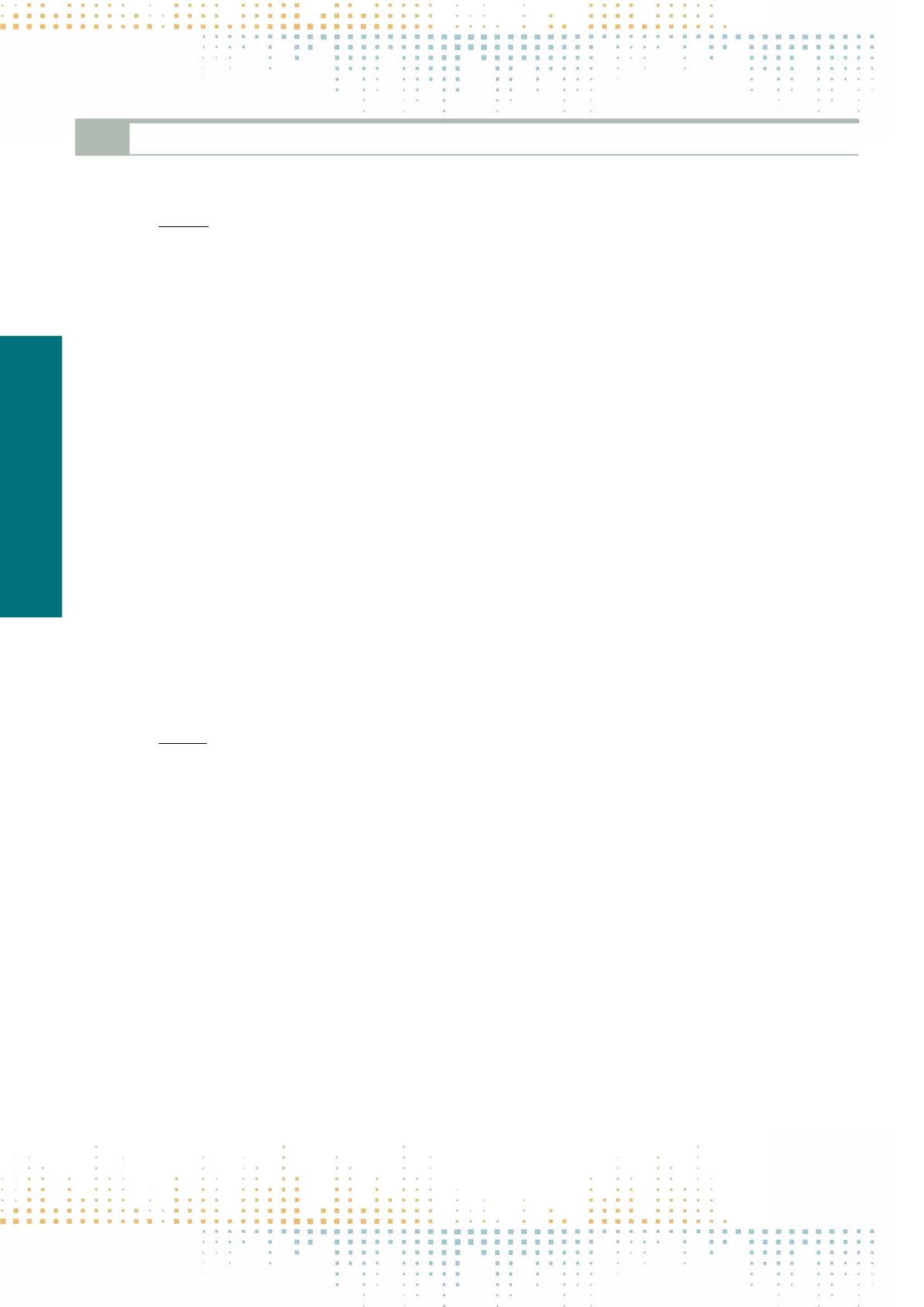

390
Friday, November 11
1 6 : 0 0 – 1 7 : 3 0
JOS18
Journalismand CollectiveMemory
PP 374
Looking Back, Looking Ahead: Comparing the Predictive Power of Journalists’ Memory Work in News Reporting Across Countries
and Newspapers
S. Trümper
1
, I. Broer
1
1
Hamburg University, Institute for Journalism and Communication Sciences, Hamburg, Germany
This study concerns journalists’ practices and motivations to use narratives of the past in order to produce future imaginaries in news reporting. Choosing
a mixed methods design, it compares the production of memory and future expectations in local and national newspapers in the Netherlands and Germany.
The ability to imagine a future and take action accordingly — despite our incapability to predict all possible outcomes — is a main characteristic of hu‑
mankind (Schütz 1972, Elias 1984, Welzer 2010). Journalists are commissioned to fill this gap. Operating within the subliminal space between past and
future, they are assigned multiple roles to bring news, chronicle the past and forecast the future (Bell 1995). Yet, their professional logic favors references to
substantiated knowledge of the past over predictions of an uncertain future (Krzeminsky 1987; Dernbach 2007, Maurer 2011). In result, journalists invoke
the “predictive power” (Edy 1999) of past events to instill a sense of urgency towards potential future threats, and propose solutions to unsolved current
problems (Tenenboim-Weinblatt 2011; 2013). To map interrelations between past and future in journalists' professional routines, we challenge the preva‑
lent retrospective view on memory. Instead, we regard memory as a continuous process that extends between past and future, and approach future epis‑
temologically. In line with the sociological argument that memory is essential to cope with contemporary crises and anticipate future uncertainties (Adam
2004; Nowotny 2008), we argue that journalists play a key role in both, by sustaining long-term memories and providing their audiences with “memory
aids”to anticipate long-term futures. We combined a qualitative study based on interviews with Dutch and German journalists and editors-in-chief at local
and national newspapers (n=10) with a previous, comparative long-term quantitative content analysis (n=2.117). The latter revealed, in both cases, con‑
tinuous attention dedicated to past events in current reporting. In focus were two traumatic storm surge disasters in the Netherlands and Germany dating
back more than fifty years. These events are connected in manifold ways to other past and future events on a timescale covering a vast period, i.e. more
than 2000 years from past to future. The interview study reveals that the practice of creating “memory aids” to anticipate future potentialities is strongly
influenced by newspapers’locality and scope. Journalists at both national and local newspapers frequently use the past to sensitize the audience to future
threats and developments, while journalists at local newspapers are especially expected to pay tribute to local traumas, i.e. by drawing parallels to current
events (e.g. exemplifying sea level rises due to climate change with past storm surges or comparing current, Syrian refugees to Belgian WWI refugees).
The inclusion of editors-in-chief has furthermore underscored the relevance of investigating journalists' role and responsibility as mediators of memory and
future imaginaries in light of global humanitarian and environmental developments. Organizational challenges faced by newsrooms in the Netherlands
and Germany may result in diminishing historical awareness among staff and fewer historical references, which, as we argue, are essential to anticipate
future potentialities.
PP 375
Innovative Means to Create Shared Memory – How Legacy Media Take Advantage of Internet Specific Qualities for Scrollytelling, Web
Documentaries, and Multimedia Stories
A. Godulla
1
, C. Wolf
2
1
University of Applied Sciences Würzburg-Schweinfurt, Faculty of Applied Social Science, Würzburg, Germany
2
University of Leipzig, Leipzig, Germany
The production and reception of online journalism has mainly been researched in the context of news and news journalism (Chan-Olmsted, Rim, & Zerba,
2013; Newman & Levy, 2014; Westlund, 2015; Author 2014). This neglects the fact that background information has always been one of journalism’s basic
functions as well (Rühl, 1969). Indeed, longform reporting“was feared to be one of the first casualties of the digital age as the news industry struggled to
adjust to falling advertising revenues and the rise of social media”(Reid, 2014). Nevertheless, although the amount of time, money, and editorial resources
for the production is still high (Dowling &Vogan, 2014), many media companies worldwide have started to produce digital longforms. Digital longforms are
topic-driven and explain the context of certain events or developments that are relevant for shared memories in societies. By using the platforms’technical
potentials for content presentation (multimedia, selectivity, interactivity, participation) and the specific usability of online devices (intuitive navigation,
playfulness) they offer an “experience traditional platforms of print, radio or television would not be able to provide alone”(Reid, 2014). Since “Snow Fall:
The Avalanche at Tunnel Creek”(New York Times.com, 2012) legacy media worldwide have started to produce digital longforms. Three examples illustrate
their innovative character: While using “Trauern verboten”[Banned mourning] (ARD & Süddeutsche.de, 2014) which (re-)tells the massacre of Tiananmen
Square and focuses on the forbidden commemoration in China, parts of the story disappear through censorship. A Swiss scrollytelling story allows exploring
the consequences of Fukushima from four different perspectives in“Keine Zeit für Wut”[No time for anger] (Neue Zürcher Zeitung, 2013).“Killing Kennedy”
(National Geographic Channel, 2013) retells one of US-American most shocking events by building a selective and multimedia chronic that includes dig‑
italized historic material which can be explored. To investigate the field of digital longforms published by legacy media in Germany (N = 490 newspaper,
magazine, television; due to reluctance of production radio stations were excluded), we conducted a quantitative content analysis (field period: 10
th
of De‑
cember 2014 to 12
th
of January 2015) of all digital longforms (scrollytelling, web documentaries, multimedia stories) published so far. The universe was



















